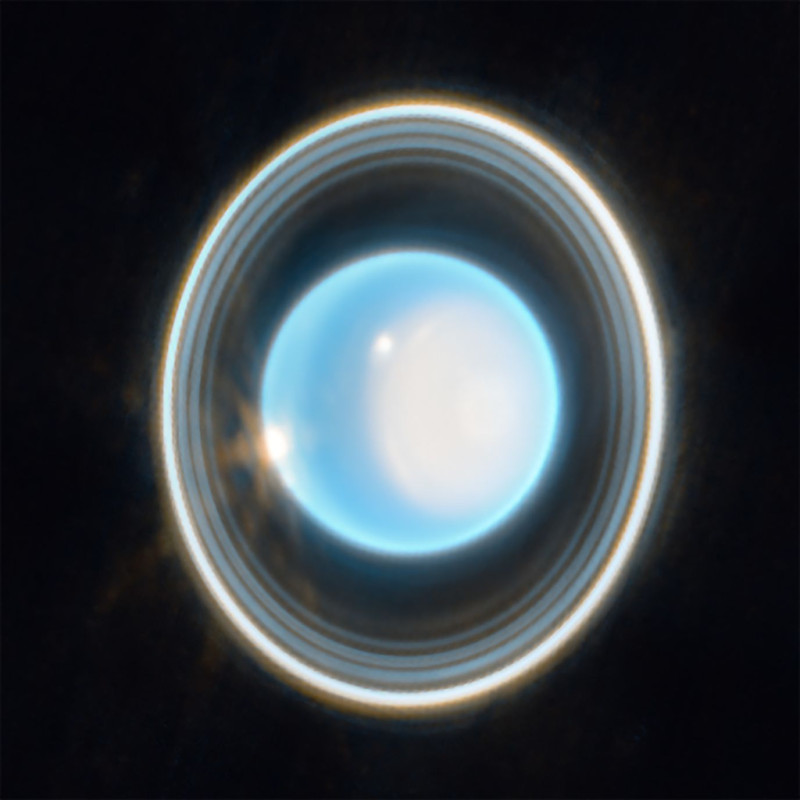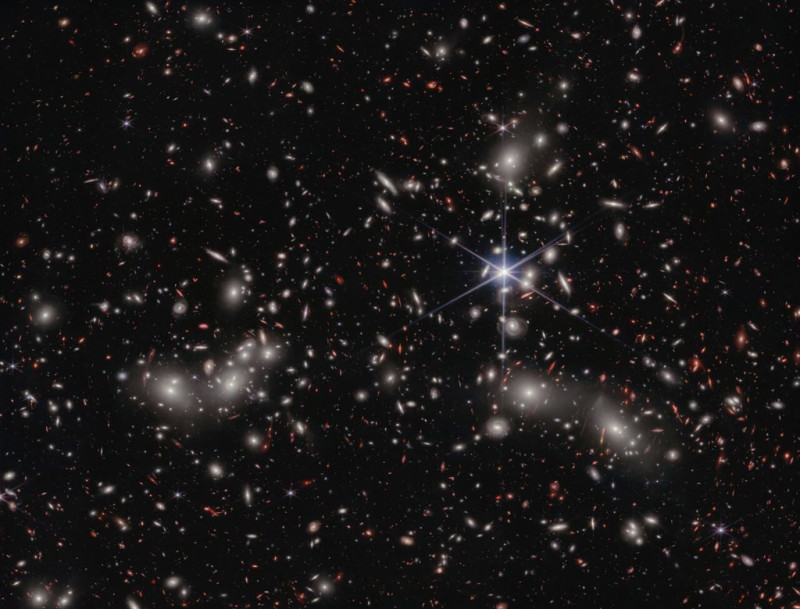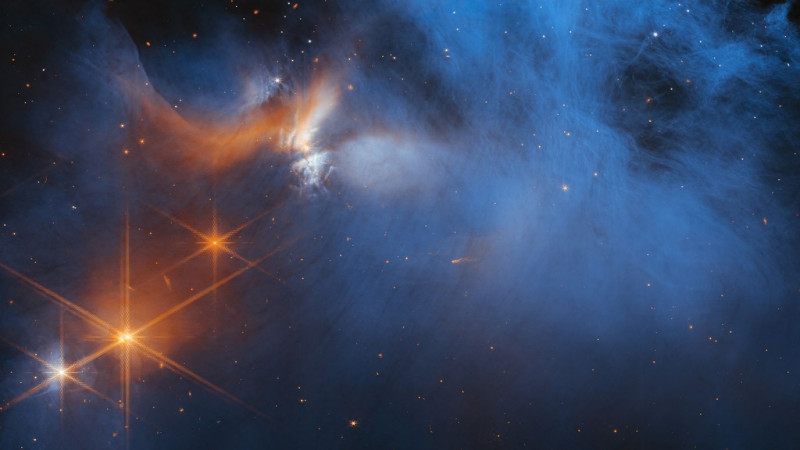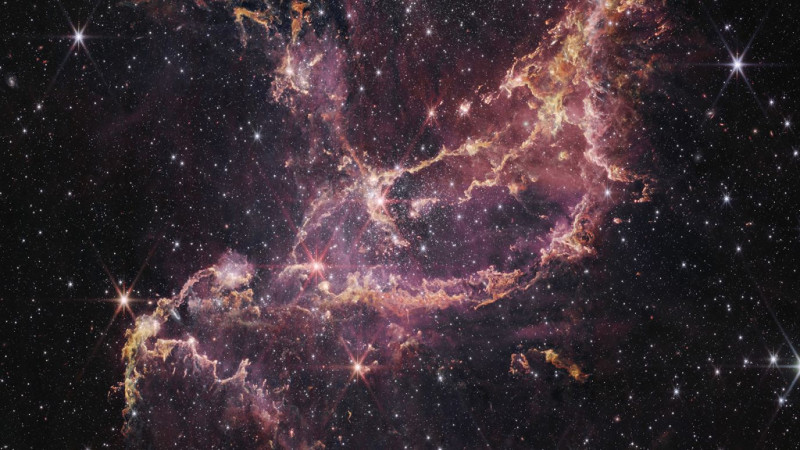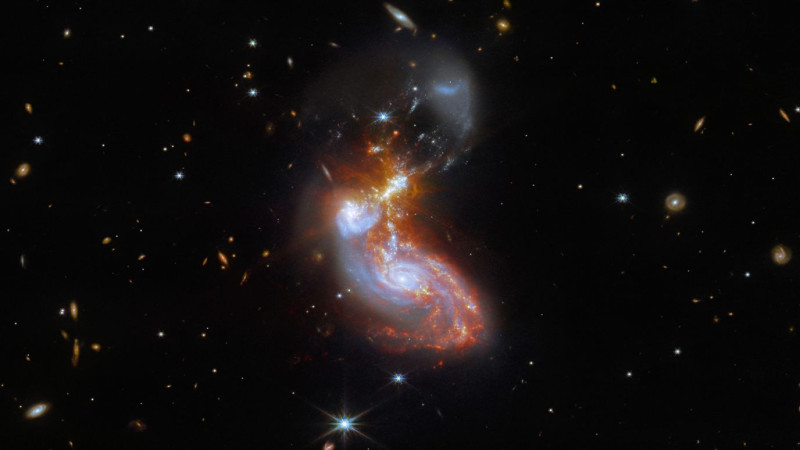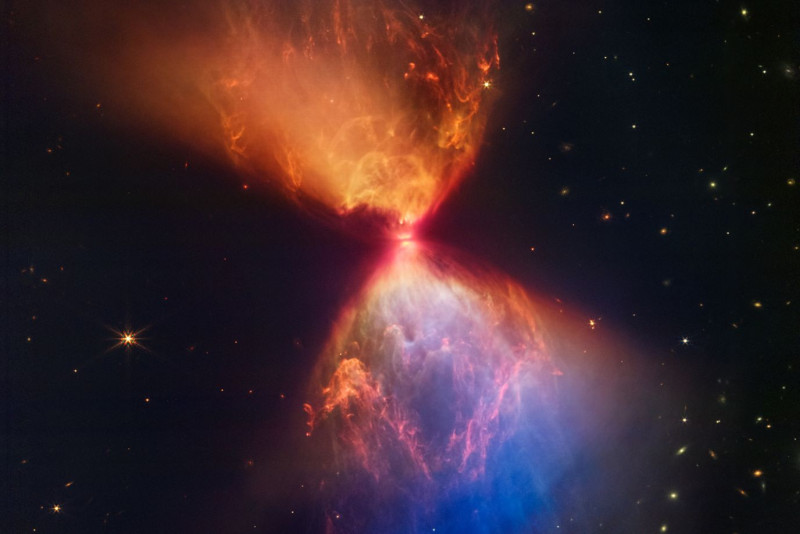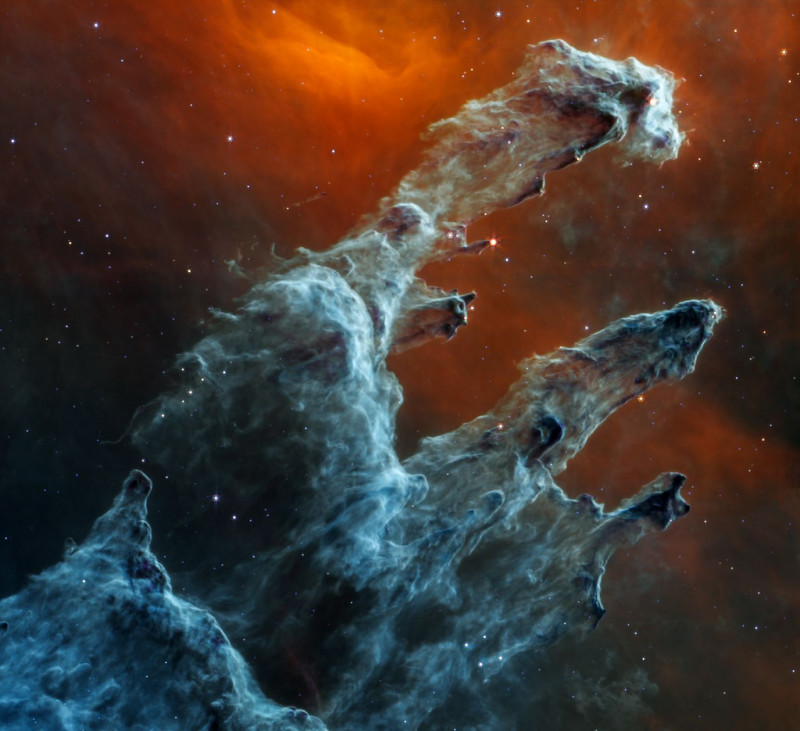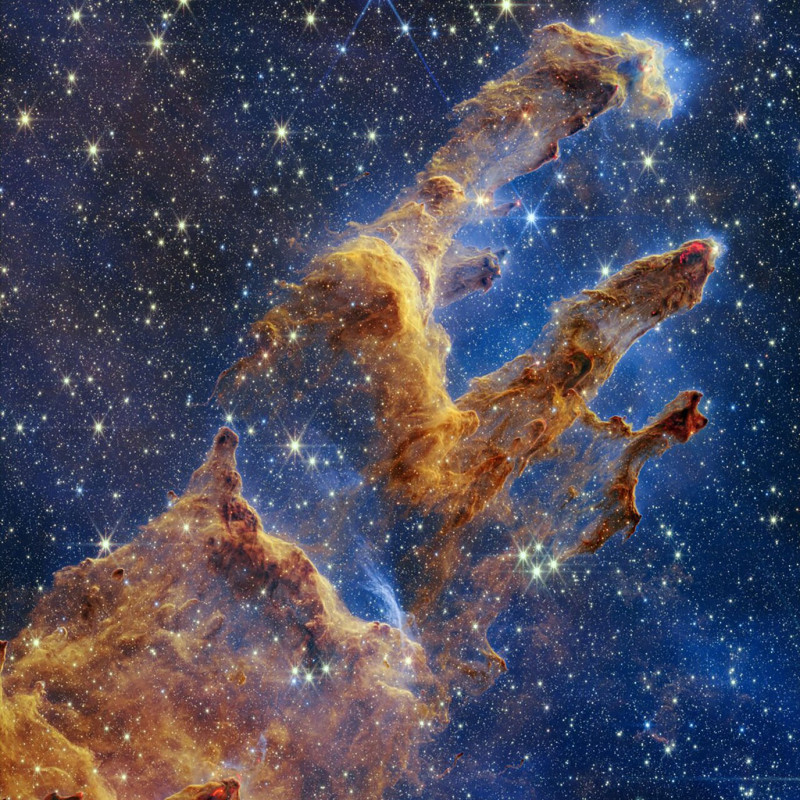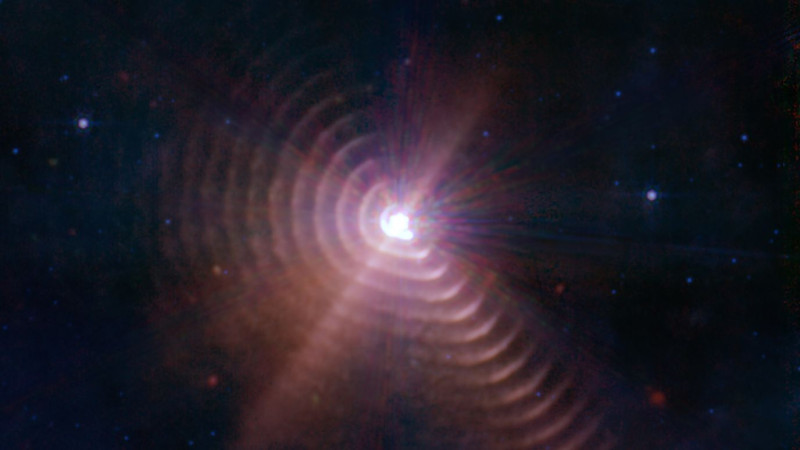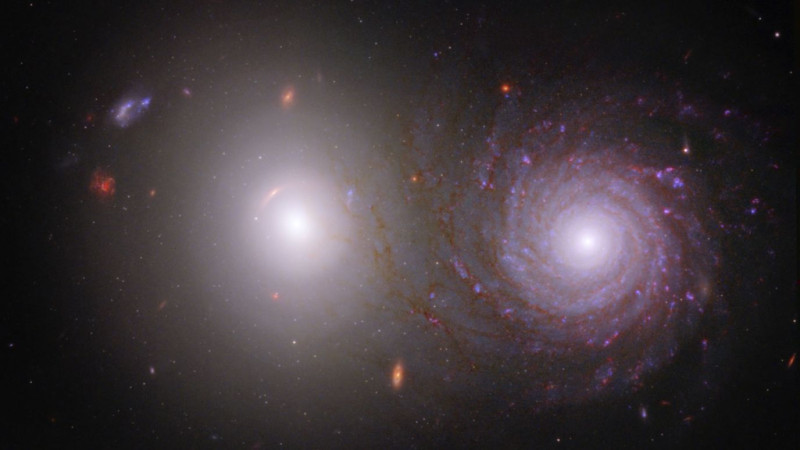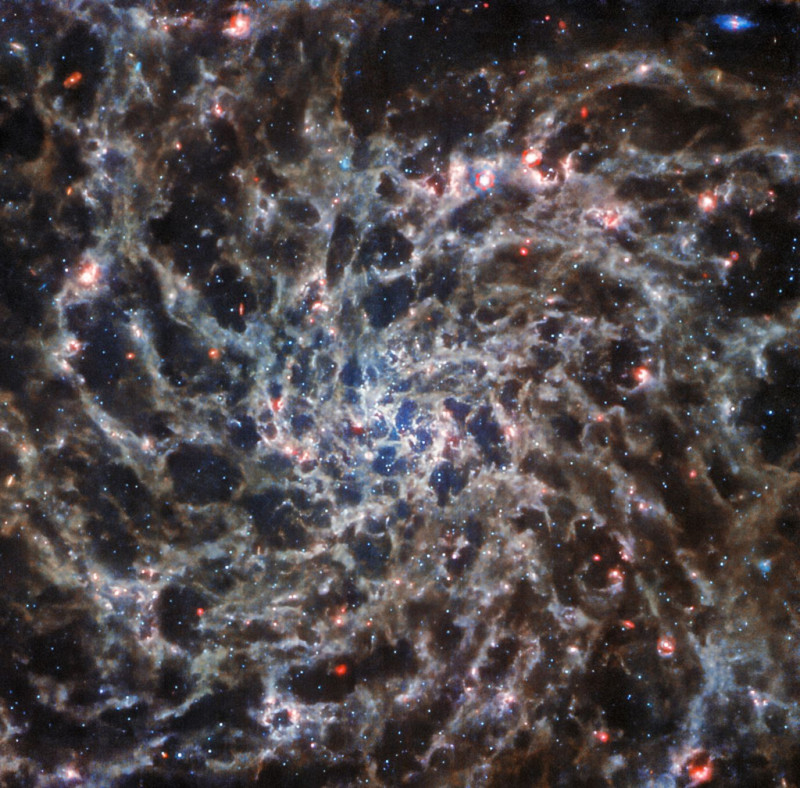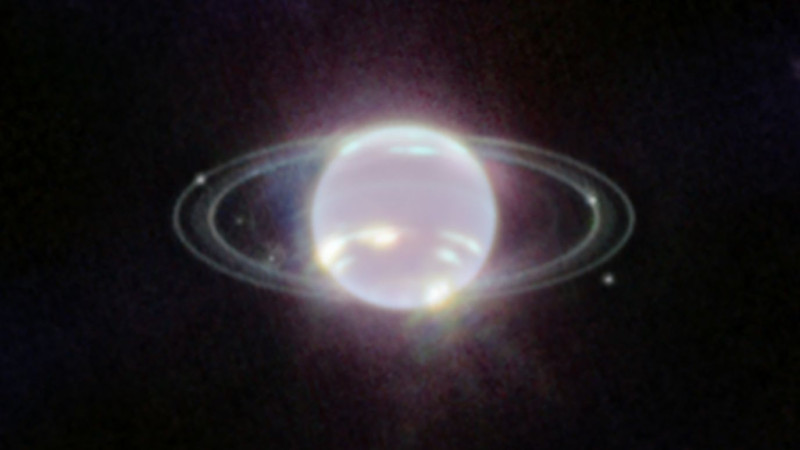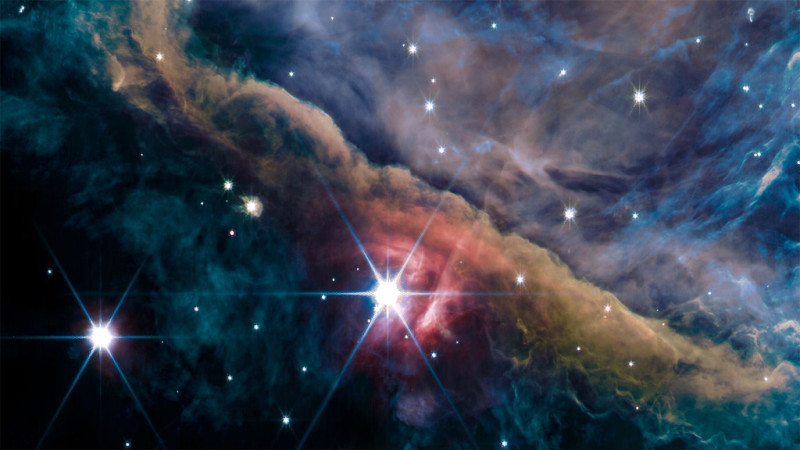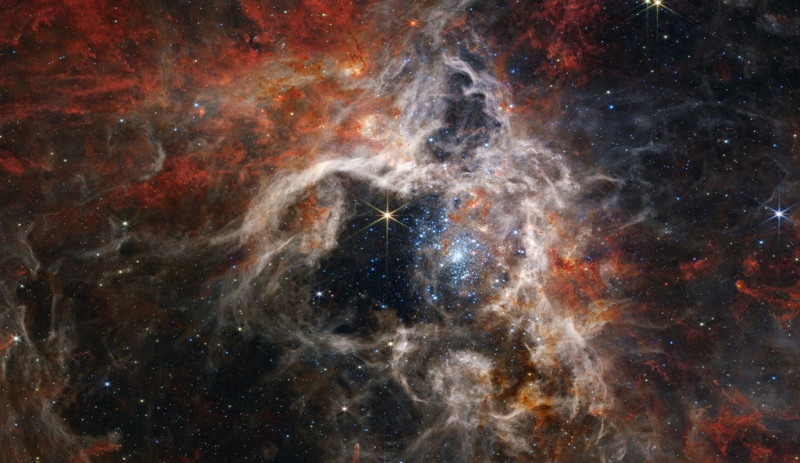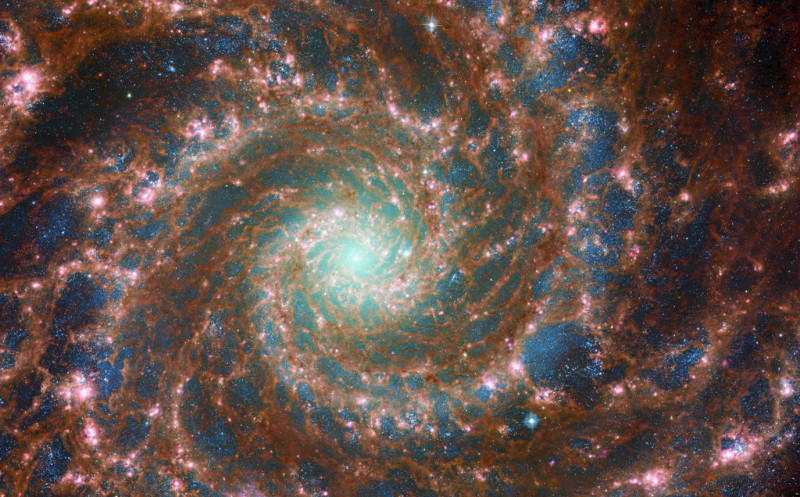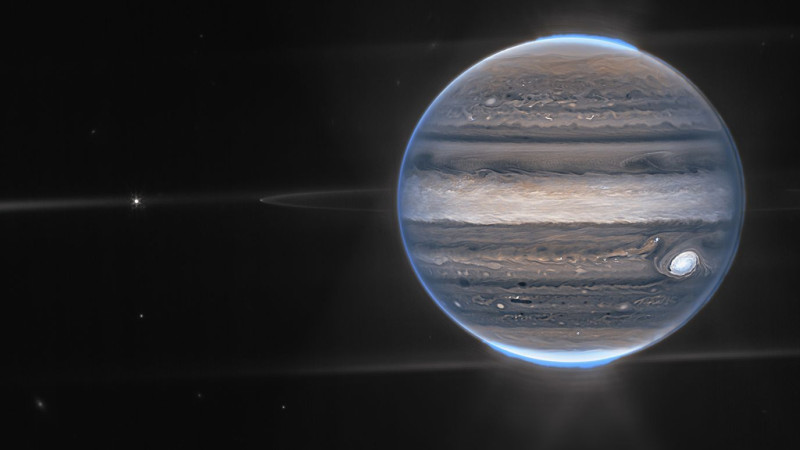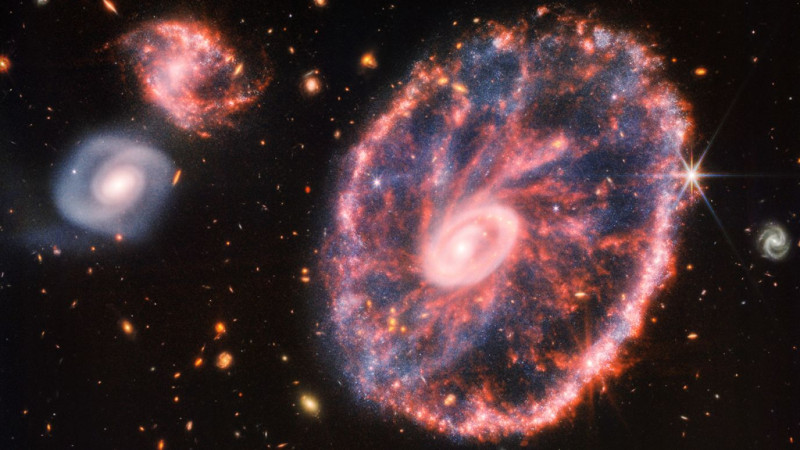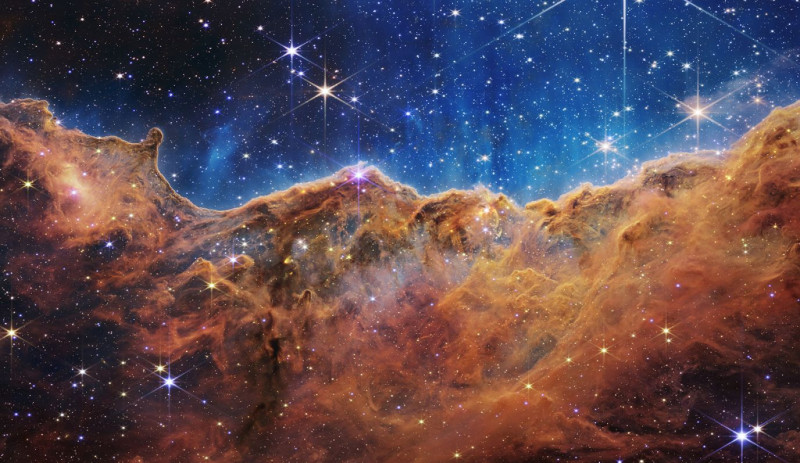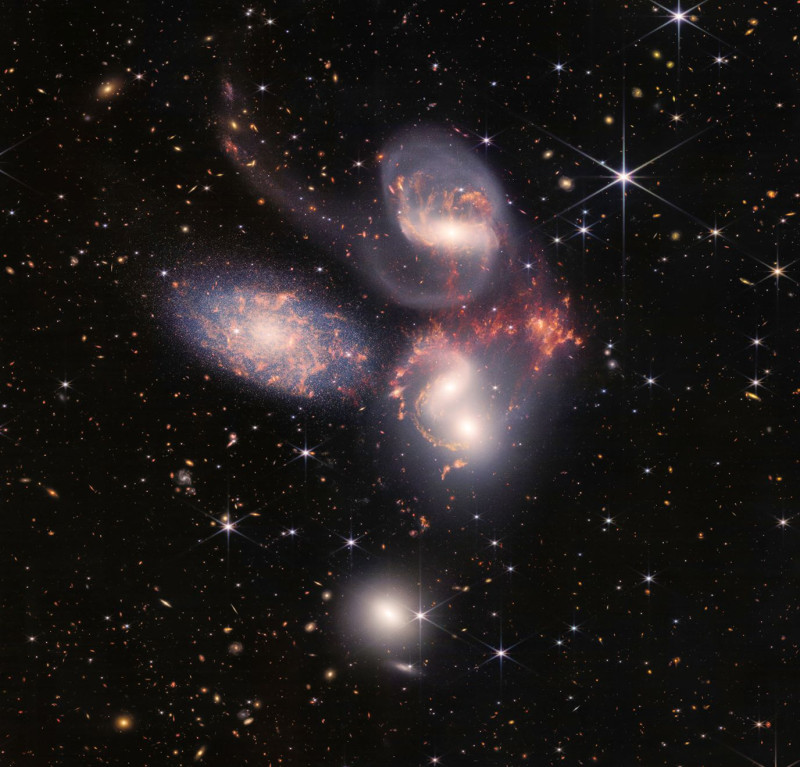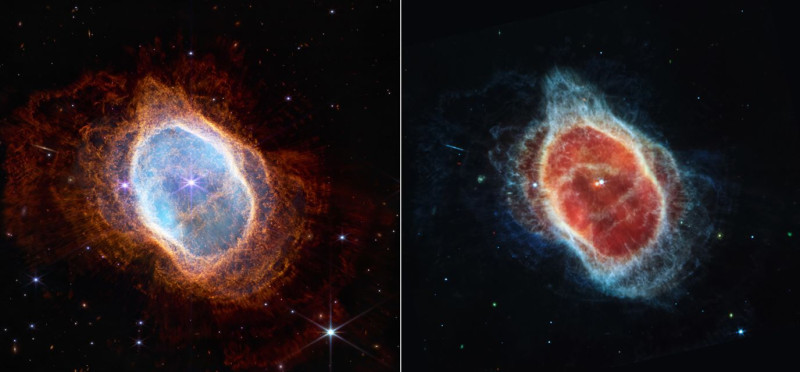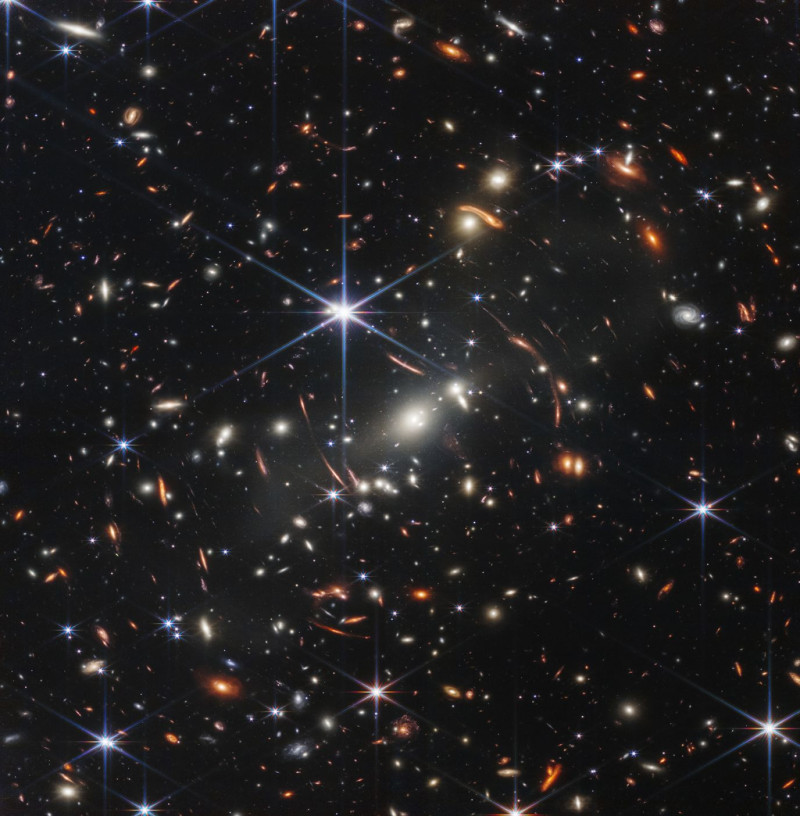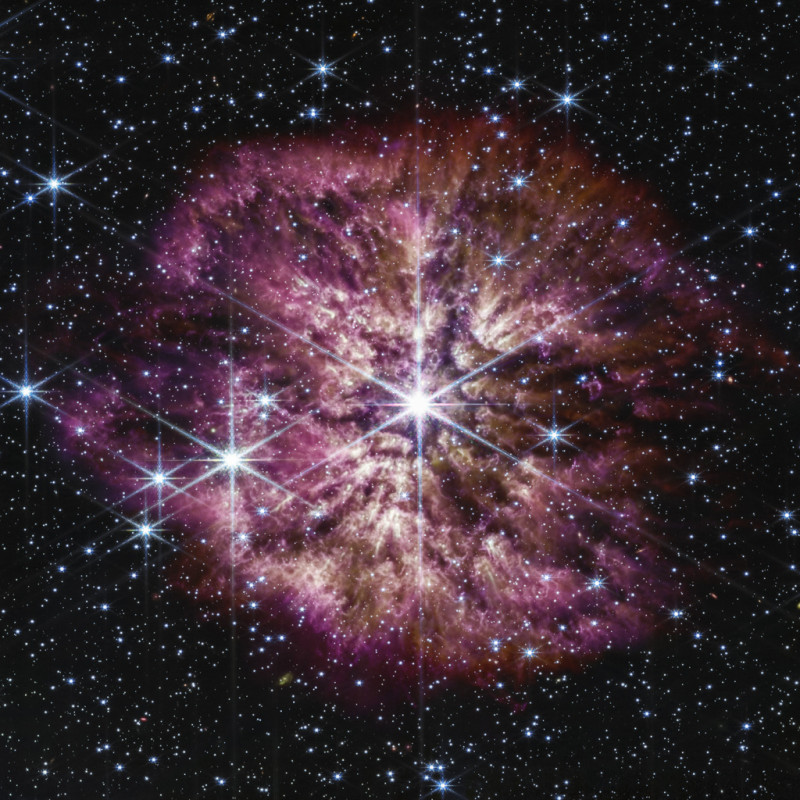It has enough fuel to run for the next 20 years and will change the way people understand the world
After releasing the first high-resolution images in July, the James Webb Space Telescope continues to share new images that provide unprecedented images of the universe.
The telescope is expected to shed light on the life cycles of planets, stars and galaxies and reveal mysteries that have remained unsolved.
It has enough fuel to run for the next 20 years and will change the way people understand the world.
What James Webb has given us so far
- Amazing details of supernova remnant Cassiopeia A, 11,000 light-years from Earth
- The ice giant Uranus reveals its incredible rings and a bright haze covering its northern polar ‘cap’ (right). A bright cloud is on the edge of the lid and a second is seen on the left
- 50,000 sources of near-infrared light in a new image of the Pandora Cluster, a megacluster of galaxies. The cluster acts like a magnifying glass, allowing astronomers to see more distant galaxies behind it
- Stars shine through the cloudy material of the dark molecular cloud Chamaeleon I, 630 light-years from Earth
- NGC 346, one of the most dynamic star-forming regions near our Milky Way, located in a dwarf galaxy called the Small Magellanic Cloud
- Two galaxies, known as II ZW96, create a swirling pattern as they merge in the constellation Delphinus
- Formation of a new protostar
- New perspective of the Pillars of Creation in mid-infrared light. The dust in this star-forming region, not the stars themselves, is the highlight and looks like ghosts
- A highly detailed snapshot of the so-called Pillars of Creation, an image of three looming towers of interstellar dust and gas that are filled with newly formed stars. The region, which lies within the Eagle Nebula, about 6,500 light-years from Earth, was previously captured by the Hubble Space Telescope in 1995, producing an image considered “virtual” by space observers
- The two stars in WR140 produce ring-like shells of dust every eight years,
- The James Webb Space Telescope and the Hubble Space Telescope contributed to this image of the galaxy pair VV 191. Webb observed the brighter elliptical galaxy (left) and spiral galaxy (right) in near-infrared light, and Hubble collected data in visible and ultraviolet light
- The spiral galaxy IC 5332, which is over 29 million light-years away. The observatory’s MIRI instrument peered through the interstellar dust to see the “bones” of the galaxy.
- The clearest view of Neptune’s rings in over 30 years
- The inner region of the Orion Nebula as seen by the telescope’s NIRCam instrument. The image reveals intricate details of how stars and planetary systems form
- A mosaic image of the Tarantula Nebula. The image, which spans 340 light-years, shows tens of thousands of young stars previously obscured by cosmic dust
- A new image of the Phantom Galaxy, 32 million light-years from Earth
- The famous Great Red Spot of the planet Jupiter appears white
- The Cartwheel Galaxy, which is about 500 million light years away
- “Cosmic Rocks”: The edge of a nearby, young star-forming region called NGC 3324 in the Carina Nebula. The telescope’s infrared view reveals previously unseen regions of star birth
- The Quintet’s five galaxies appear to dance with each other, showing how these interactions can drive galactic evolution
- The Southern Ring Nebula in near-infrared light on the left and mid-infrared light on the right. The Southern Ring Nebula is 2,000 light-years from Earth. This large planetary nebula includes an expanding cloud of gas around a dying star, as well as a secondary star earlier in its evolution
- “The deepest and sharpest infrared image of the distant universe to date,” according to NASA. The image shows SMACS 0723, where a huge group of galaxy clusters acts as a magnifying glass for the objects behind them. Called gravitational lensing, this produced Webb’s first deep-field view of incredibly old and distant, faint galaxies
- The star Wolf-Rayet 124
Source :Skai
I am Terrance Carlson, author at News Bulletin 247. I mostly cover technology news and I have been working in this field for a long time. I have a lot of experience and I am highly knowledgeable in this area. I am a very reliable source of information and I always make sure to provide accurate news to my readers.


